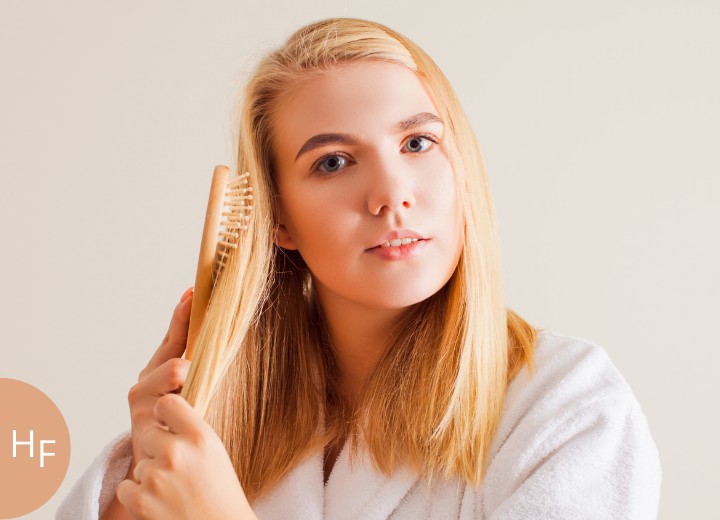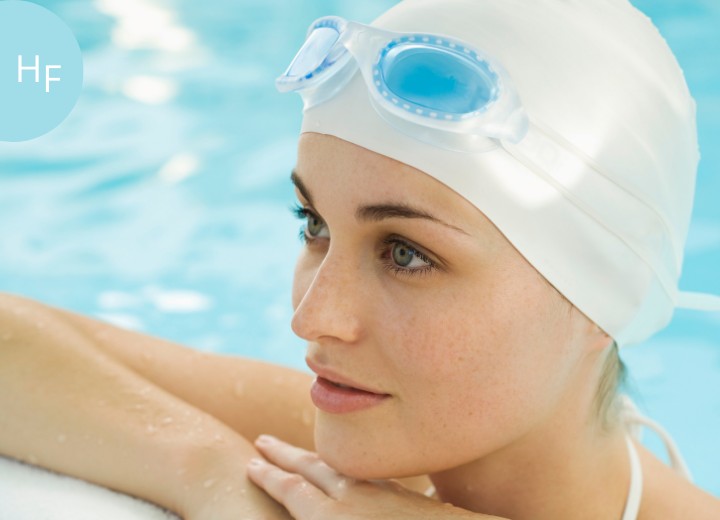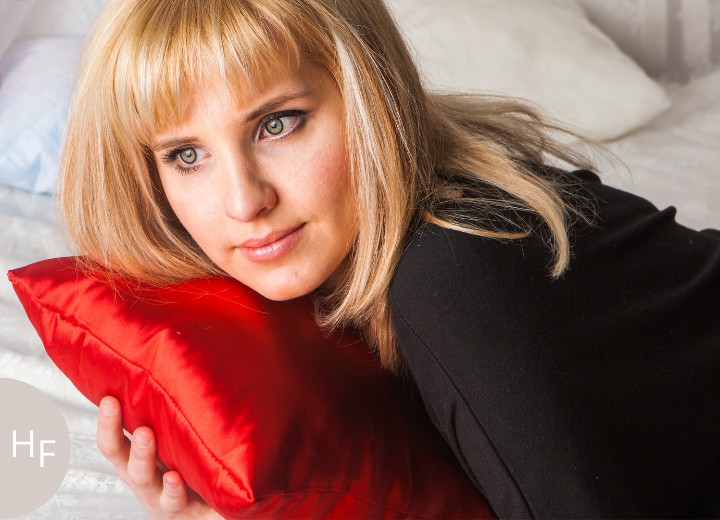How to Deal with Damaged Bleached Hair

Restore your natural oils
The chemical process of lightening your hair can leave it brittle, dry, and damaged. Therefore, the first thing you should do is provide your hair (and scalp) with plenty of nourishment and hydration. Your scalp releases oils naturally to help keep your skin and strands luscious, but sometimes it needs a helping hand, especially after bleaching.
Just remember to leave your hair alone for a full 48 hours after it has been bleached. Do not apply any shampoo for the first two days. After that, you can begin to treat your scalp and strands to a deeply moisturizing and hydrating experience.

As well as being mindful of what you put on your hair, you'll also want to be aware of what not to expose your hair to. Because bleach contains chemicals, it is best to avoid adding any more chemicals to your hair, such as those found in swimming pools. You can still go for a swim; just keep your hair out of the water. This is a useful tip to follow at all times, but especially for the first 10 weeks after bleaching your hair.
If you use heated styling tools, you'll want to add a layer of protection to your hair first to limit any further damage. This means spritzing on a heat protection spray before using your hairdryer, curling iron, or straighteners. Better yet, skip the hot tools entirely if you can. Speaking of heat, the sun’s UV rays can cause further damage to your hair, so it’s a good idea to wear a headscarf or hat when you go out in the sun.
It is not only excessive heat that you should avoid; it is also excess friction. This can further weaken damaged, bleached hair and even break your strands. Try to avoid hairstyles that involve pulling your hair back tightly, or using bobby pins and metal barrettes that can snag your strands. Avoid brushing your hair when it is wet, and opt for a wide-tooth comb (or even your fingers) to detangle it. Switching your regular pillowcase for a silky smooth silk or satin one can also help protect your hair when you move your head around in your sleep.

©Hairfinder.com